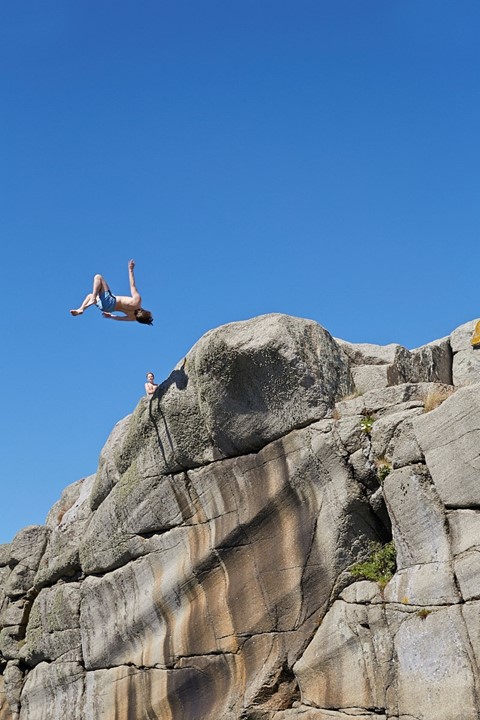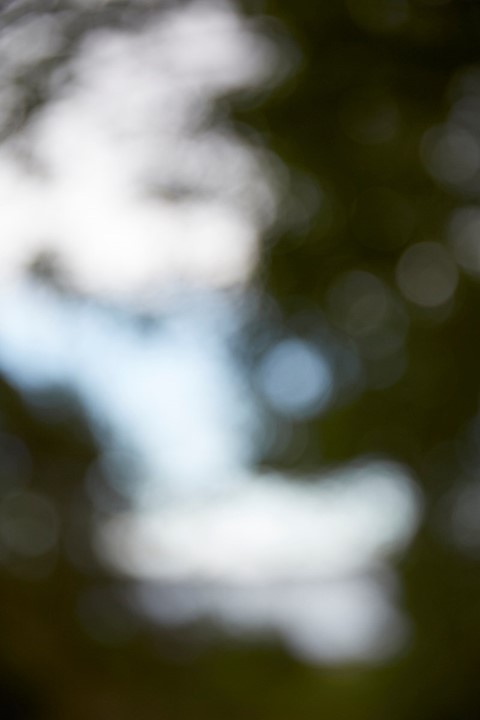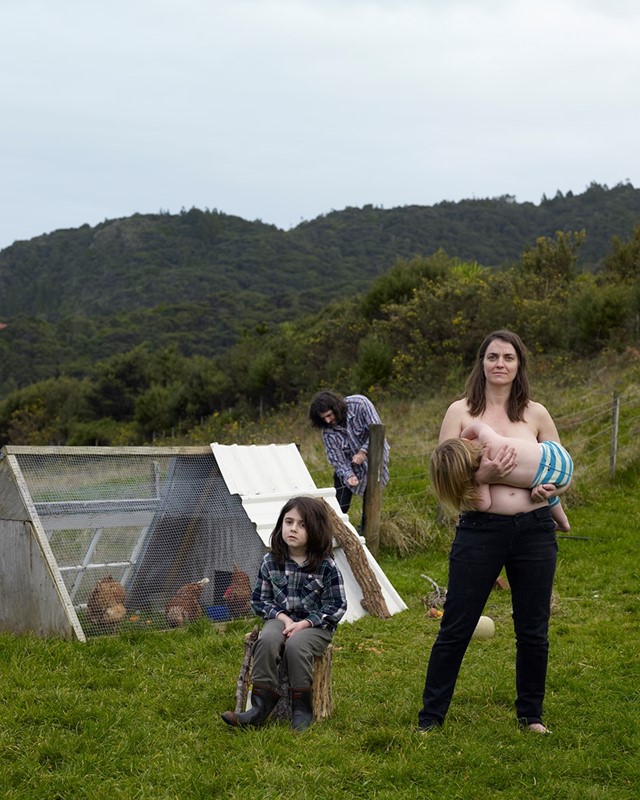“I’m very concerned with what it is to be a woman, as well as queer woman right now,” says the American documentary photographer as a new exhibition of her work opens at Thomas Dane Gallery in London
At 61, Catherine Opie has paved the way for younger generations to use their own voice in the fight for human rights. As an LGBTQ+ elder who has been at the frontlines throughout her career, Opie understands the revolution is not a one-time event but an ongoing series of battles that require us to stay the course. “We need to keep showing up,” she tells AnOther.
With the new exhibition, To What We Think We Remember, Opie brings together works made over the past decade on travels across Europe and the United States, looking at the ways in which photography can chronicle our lives, relationships, and work while simultaneously inviting us to consider the importance of collective responsibility as we barrel towards an uncertain future. “I’m very concerned with what it is to be a woman, as well as queer woman right now,” Opie says just days before Roe v. Wade was overturned. “We haven’t moved forward in a way that a lot of us had hoped for at this time. In fact, I feel like we’re moving backward. We have to dig because the political is personal and the times are fraught.”

Between the perils of climate change, legislation against trans people, criminalisation of abortion, expansion of gun rights, and militarisation of the police, systems of power are acting in concert against citizens of the United States. As an artist and an educator, Opie has been no stranger to the fight, using photography to challenge the dominant narratives of society at large as well as within the medium itself.
“I came into it as a social documentary photographer who was not able to stay within the realm of how it’s defined,” says Opie, who grew up during the golden age of picture magazines, when photography was almost exclusively the provenance of white men. Although Opie was trained in the tradition of Walker Evans and Robert Frank, she broke away from the academy to pursue her own path, adopting a multi-faceted approach to the exploration of identity.

“I want more human emotion within the documentary aspect, where the photograph still operates as a moment in time but also allows a reflection so that you can enter internal as well as external spaces – which really feels to me like navigating the last three years we’ve been in,” Opie says. “From a Trump presidency to a pandemic to where we’re at right now, the exhibition is a way for us to think about memory and our relationships to space, nature, and one another. How do we as a society become more humanistic?”
It is a question worth asking at a time when the radical right usurps power on its relentless quest to oppress and exploit the most vulnerable and marginalised communities. While many fall prey to the “divide and conquer” strategy of the culture wars, Opie looks to the collective for solidarity in times of strife. “It’s about fighting for humanity and the recognition that difference is important for a full, democratic society,” she says. “Also living in California, I’m aware of how vulnerable our planet is – not just humanity but all species. As artists, we must put forth a proposition. It’s not a definitive statement, it is a poetic conjuring of certain images that look at the moment and inspire a sense of freedom. I want the work in this show to have a flow that allows different people to enter it and feel something.”

In showing up the world through her eyes, Opie invites us to consider the relationship we hold as a member of the collective. “Being an elder, it is my responsibility to remind people that there’s enormous amounts of tragedy happening in the world and unfortunately that’s part of the human condition,” she says. “But how are you going to talk about it? How are you going to respond to this moment? What is it to you? I want people to reach deeper into the idea of what it means to be a citizen and helping others. It’s back to the drawing board doing grassroots work but also staying current and making the work we want to make. I still want to be optimistic and rise to a higher standard of what it means to participate in our society – and I’m still grappling with it.”
With To What We Think We Remember, Opie strikes a balance between our roles as warriors and healers, empowering us to lift one another up as we continue forth. Her photographs are inspiring, engaging, and energetically buoyant, creating a sense of connectivity and communion across our increasingly fragmented lives and restoring a sense of wonder, awe, and joy. “We can do sharp things that are really succinct, and we can also make sure we remember to breathe,” says Opie, pointing to an abstract photograph bearing that title. “The first piece that you come to in the gallery, it says, ‘breathe’. Remember to take a breath. I’m reminding myself of it every day.”
Catherine Opie: To What We Think We Remember is on view at Thomas Dane Gallery in London until 24 August 2022.
